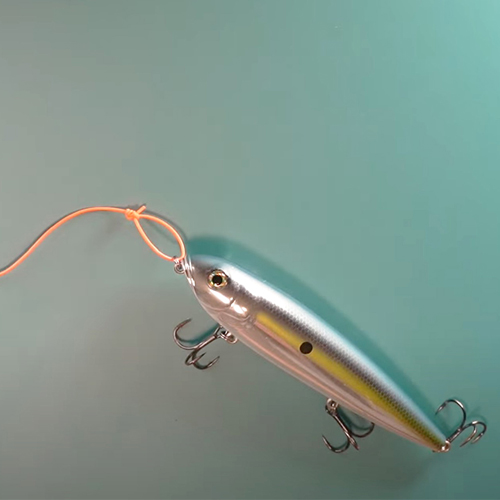Fly Tying Patterns
While there are many different fly tying patterns for trout, some are much easier to tie than others. There are three main types of trout fly tying patterns – dry flies, nymphs, and streamers. Learn more in this section.
Trout Fly Tying Patterns
Most of the time you will be tying dry flies that imitate insects or other small creatures that trout like to feed on. All you need is a set of fly tying tools or fly tying equipment, some fly fishing flies’ patterns to try and you will soon be able to catch fish using fly fishing flies that you tied yourself! Below are some of the more popular fly tying patterns.
Adams
One of the most widely used dry fly patterns is the Adams. Because this fly tying pattern has been proven to be an extremely versatile and effective dry fly to use when targeting trout, many consider it to be a "must-have" for every fly box…and the first of the various trout fly patterns you need to master. There are several variations of this pattern, but it is most often tied using brownish-gray hackle for the body along with black and white hackle for the wings.
Royal Coachman
While this pattern will work when fly fishing for all trout species, brook trout find it particularly hard to resist the Royal Coachman. The Royal Coachman is primarily tied as a dry fly, although it doesn't imitate any one specific type of insect. This is a classic pattern that many anglers feel is best to use when the fish are not feeding on specific types of insect species during a hatch. Since the Royal Coachman is one of the best-known trout fly tying patterns, it's worth learning how to tie.
Elk Hair Caddis
When it comes to proven dry fly tying patterns for trout, the Elk Hair Caddis is another pattern that fly anglers like to tie and have handy. This fly pattern was created to imitate an adult caddisfly, using elk hair as the tying material for the wings. The Elk Hair Caddis is popular due to its simplicity and overall effectiveness when fishing for trout on small streams.
Gold-Ribbed Hare's Ear
The Gold-Ribbed Hare's Ear is a general-purpose nymph that is tied using turkey feathers, hare's hair, and a gold bead head. In terms of fly tying patterns for trout, this is another very versatile pattern because it imitates a variety of aquatic nymphs. The fact that the Gold-Ribbed Hare's Ear pattern can be used at any time of the year and in most conditions just adds to its value in your fly box. The most common method of fishing this fly pattern is on a drift. Simply cast the Gold-Ribbed Hare's Ear upstream and allow it to drift with the current.
Woolly Bugger
One of the simplest fly tying patterns for trout is the Woolly Bugger. The Woolly Bugger is a streamer type fly that can be tied using just a few materials (marabou, chenille, and hackle), and one that will work well in a variety of conditions. When assembling fly tying supplies for a Woolly Bugger, keep in mind that some of the best colors to use for trout are olive, brown, and black.
If you are new to the sport and are still learning about fly tying patterns, don't stress. Fly tying should be easy and fun. One of the biggest advantages to tying your own flies is that you can create your own variations on these standard patterns to suit your fishing needs. Who knows, you might create a unique new fly tying pattern of your own.
Learn how to make the best fly fishing gear choices in our next section. Learn more about fly rods, fly reels and fly lines.
KEEP LEARNING

How to Tie the Non-Slip Loop Knot
The non-slip loop knot is a popular and reliable choice for securing hooks, lures, and other tackle to your fishing line.
LEARN MORE

Socials
Take me fishing social media links
LEARN MORE

TakeMeFishing x Teen Vogue
Join us on a creative journey as fashion designer Ahmrii Johnson walks us through her collaborative vision and process with Teen Vogue and fashion brand, Rentrayage, to create a special piece.
LEARN MORE


.png?lang=en-US&ext=.png)